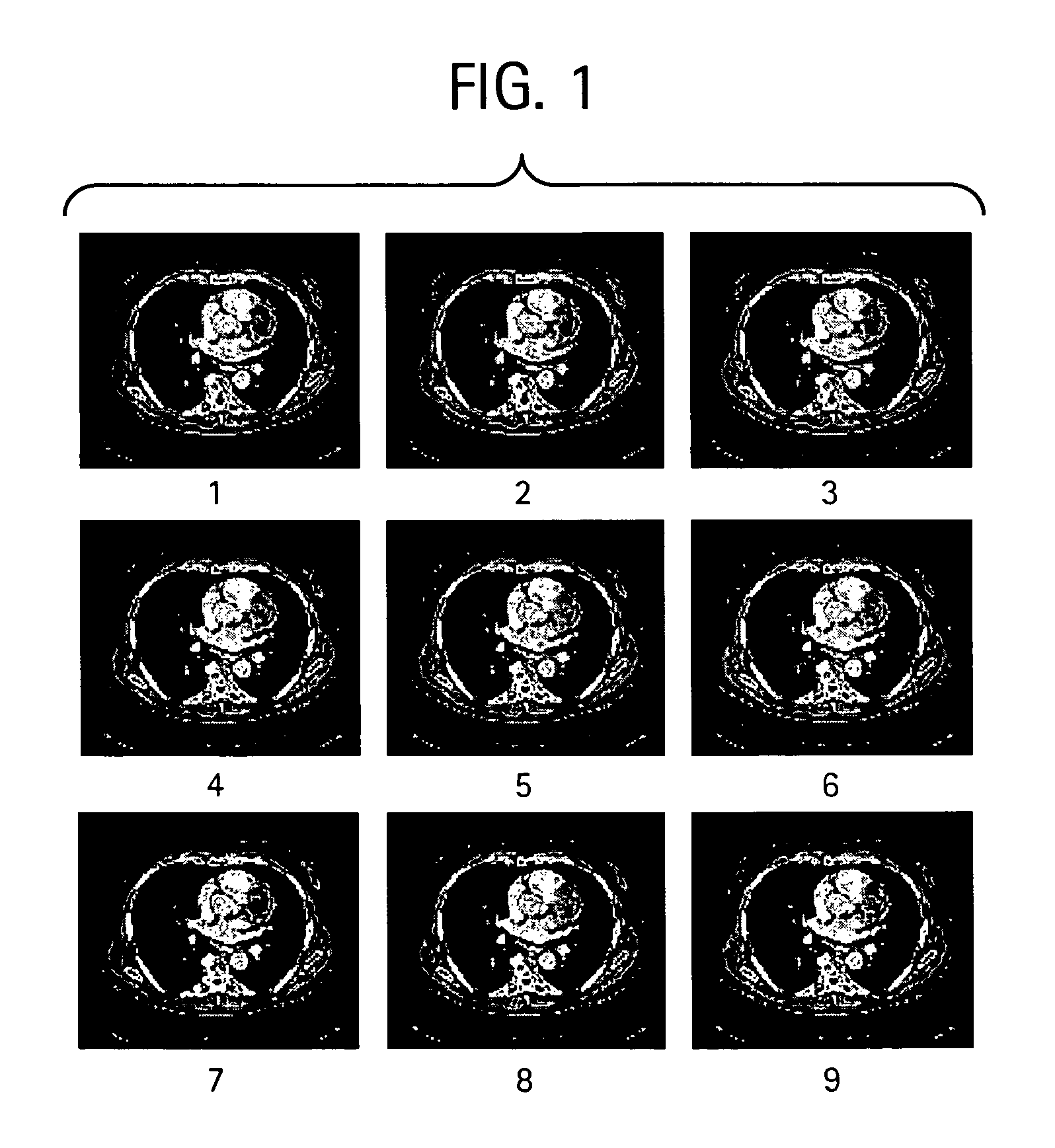Healthcare personnel may encounter many difficulties or obstacles in their
workflow.
A variety of distractions in a clinical environment may frequently interrupt medical personnel or interfere with their job performance.
Cluttered workspaces may result in efficient
workflow and service to clients, which may
impact a patient's health and safety or result in liability for a healthcare facility.
Data entry and access is also complicated in a typical healthcare facility.
Thus, management of multiple and disparate devices, positioned within an already crowded environment, that are used to perform daily tasks is difficult for medical or healthcare personnel.
Additionally, a lack of
interoperability between the devices increases
delay and inconvenience associated with the use of multiple devices in a healthcare
workflow.
In a healthcare environment involving extensive interaction with a plurality of devices, such as keyboards, computer mousing devices, imaging probes, and
surgical equipment,
repetitive motion disorders often occur.
During a
medical procedure or at other times in a medical workflow, physical use of a keyboard, mouse or similar device may be impractical (e.g., in a different room) and / or unsanitary (i.e., a violation of the integrity of an individual's
sterile field).
Re-sterilizing after using a local
computer terminal is often impractical for medical personnel in an operating room, for example, and may discourage medical personnel from accessing
medical information systems.
Imaging systems are complicated to configure and to operate.
In many situations, an operator of an imaging
system may experience difficulty when scanning a patient or other object using an imaging
system console.
For example, using an imaging
system, such as an
ultrasound imaging system, for upper and lower extremity exams, compression exams, carotid exams, neo-natal head exams, and portable exams may be difficult with a typical system control console.
An operator may not be able to physically reach both the console and a location to be scanned.
Additionally, an operator may not be able to adjust a patient being scanned and operate the system at the console simultaneously.
An operator may be unable to reach a telephone or a
computer terminal to access information or order tests or consultation.
Providing an additional operator or assistant to assist with examination may increase cost of the examination and may produce errors or unusable data due to miscommunication between the operator and the assistant.
Hospitals and other healthcare environments currently have many disparate enterprise information systems that are not integrated, networked or in communication with each other.
This slows down the practitioner and introduces a potential for errors due to the sheer volume of paper.
Such a tedious task results in significant delays and potential errors.
Additionally, even if systems are integrated using mechanisms such as Clinical
Context Object Workgroup (CCOW) to provide a practitioner with a uniform patient context in several systems, the practitioner is still provided with too much information to browse through.
Too much information from different applications is provided at the same time and slows down the reading and analysis process.
Currently, PACS and other
medical information systems lack tools to extract interpretation behavior of healthcare practitioners to customize workflow.
That is, workflow, such as a
radiology or
cardiology workflow, is designed by PACS or other
medical information system developers and is not customized for particular practitioners or types of practitioners.
The PACS or other system does not adapt to interpretation patterns of the user, such as a radiologist or cardiologist.
Thus, a practitioner's efficiency at using a PACS
workstation or other system
workstation may no improve over time.
In some healthcare settings, such as an OR, ten or more displays may
clutter the room and cause great difficulty for practitioners trying to locate key information without scanning each display.
Head movement, particularly during a
medical procedure, is neither ergonomically correct nor comfortable for the practitioner.
Additionally, such head movement may be very repetitive throughout an examination or procedure.
In addition, multiple displays results in an overabundance of information presented simultaneously to a healthcare practitioner.
Thus, too much information on too many displays creates difficulty for a practitioner attempting to locate
relevant information.
Further difficulties may arise from having too many displays in a healthcare environment, such as an OR.
Purchasing multiple displays for one or more rooms represents a significant expense for a healthcare provider.
Excess heat contributes to higher electric bills and may
pose a
health hazard to patients, practitioners, and equipment in a healthcare environment.
Once the study is read by the radiologist, the PACS workstations does not currently allow the radiologist to quickly review the images on which the radiologist spent most of the time reading and analyzing.
However, users are not currently allowed to determine how significant are images.
Currently, users are unable to prioritize of the images based on the level of significance.
 Login to View More
Login to View More  Login to View More
Login to View More 


